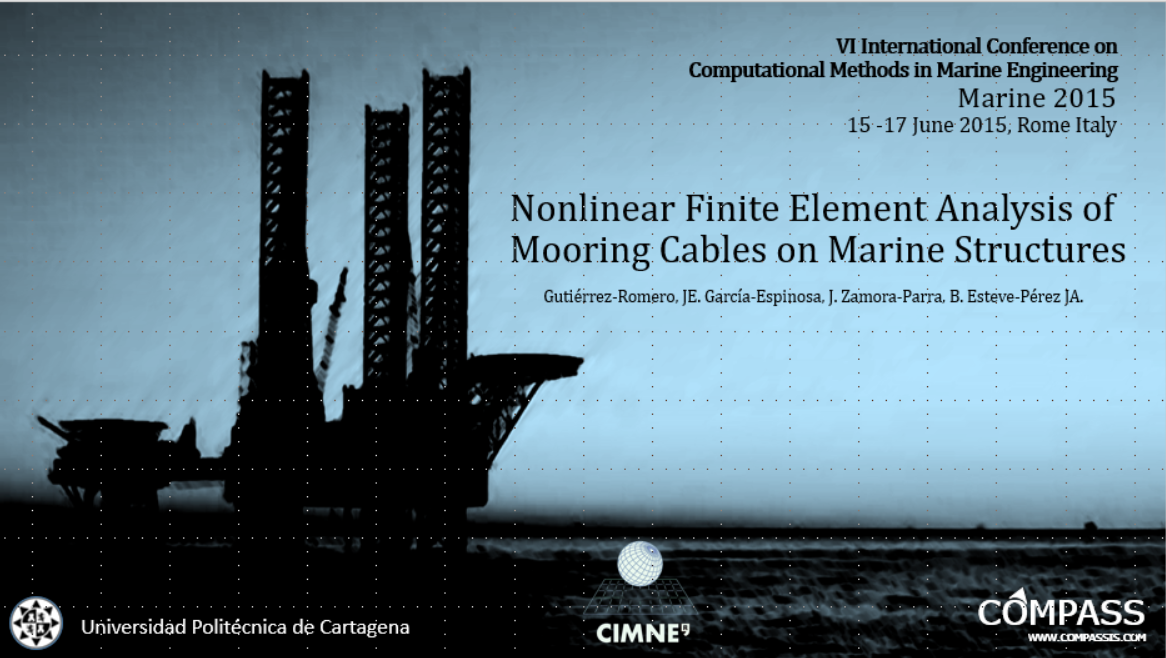| Line 1: | Line 1: | ||
==ABSTRACT== | ==ABSTRACT== | ||
| − | + | The complexity of the dynamic response of offshore marine structures requires advanced simulations tools for the accurate assessment of the seakeeping behaviour of these devices. This presentation introduces a new time-domain model for solving the dynamics of moored floating marine devices, specifically offshore wind turbines, subjected to non-linear environmental loads. The paper first introduces the formulation of the second-order wave radiation-diffraction solver, designed for calculating the wave-floater interaction. | |
| − | + | Different application examples are presented,including a GVA, and the OC3 and OC4 platforms. | |
| − | + | ||
| − | + | ||
| − | + | ||
==Presentation== | ==Presentation== | ||
Revision as of 21:38, 5 March 2018
ABSTRACT
The complexity of the dynamic response of offshore marine structures requires advanced simulations tools for the accurate assessment of the seakeeping behaviour of these devices. This presentation introduces a new time-domain model for solving the dynamics of moored floating marine devices, specifically offshore wind turbines, subjected to non-linear environmental loads. The paper first introduces the formulation of the second-order wave radiation-diffraction solver, designed for calculating the wave-floater interaction. Different application examples are presented,including a GVA, and the OC3 and OC4 platforms.
Presentation
This presentation shows the recent work of the CIMNE in the maritime transport field. It was given at the Conference on Computation and Big Data in Transport (CM3-2017) held in November 22 – 23, 2017.
 MARINE_2015_Mooring.pptx
MARINE_2015_Mooring.pptx
Document information
Published on 04/03/18
Submitted on 04/03/18
Licence: CC BY-NC-SA license
Share this document
Keywords
claim authorship
Are you one of the authors of this document?